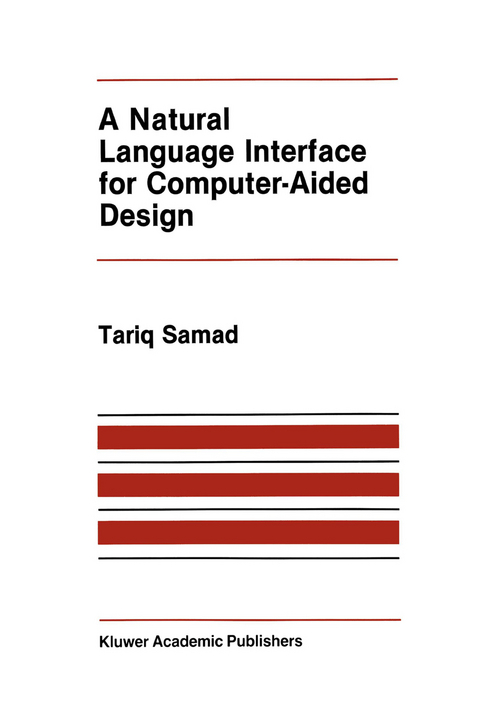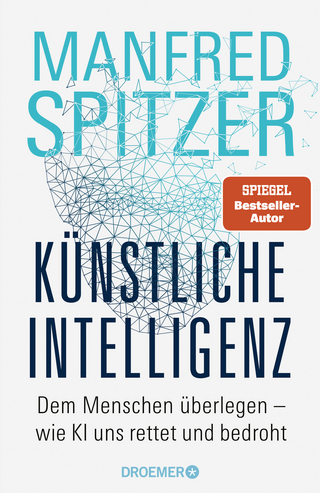
A Natural Language Interface for Computer-Aided Design
Springer-Verlag New York Inc.
978-1-4612-9407-8 (ISBN)
1. Introduction.- 1.1. The Pros and Cons of Natural Language Interfaces.- 1.2. Domanial Implications.- 1.3. Cleopatra.- 1.4. Natural Language Processing—Some Preliminaries.- 1.5. An Outline of this Thesis.- 2. Previous Approaches.- 2.1. Syntax-First approaches.- 2.2. Semantic Grammars.- 2.3. Augmented Transition Networks.- 2.4. Case-Frame Parsing.- 3. A New Approach.- 3.1. Flexibility.- 3.2. Parallelism, and Confidence Levels.- 4. The Parsing Process.- 4.1. Lexical Entries.- 4.2. Dictionary Entries.- 4.3. Integration Procedures.- 5. Filling the Blanks.- 5.1. ‘‘Safe” Attachments.- 5.2. Relative Clauses.- 5.3. Time-Adverbial Clauses.- 5.4. Conjunctions.- 5.5. Ellipses.- 5.6. Confidence-Levels Revisited.- 6. Some Detailed Examples.- 6.1. Example 1.- 6.2. Example 2.- 6.3. Example 3.- 7. Semantic Interpretation.- 7.1. An Outline of the Semantic Interpretation Process.- 7.2. Examples.- 8. Issues for Further Research.- 8.1. Extending Cleopatra to Other Domains.- 8.2. Robustness.- 8.3. Experimental Validation.- 9. Conclusion, and Afterthoughts.- 9.1. Afterthoughts.- Appendix A. A Sample Session with Cleopatra.- A.2. The Session Transcript.- Appendix B. An Exercise in Extension.- References.
| Reihe/Serie | The Springer International Series in Engineering and Computer Science ; 14 |
|---|---|
| Zusatzinfo | XII, 188 p. |
| Verlagsort | New York, NY |
| Sprache | englisch |
| Maße | 155 x 235 mm |
| Themenwelt | Sachbuch/Ratgeber ► Natur / Technik ► Garten |
| Informatik ► Theorie / Studium ► Künstliche Intelligenz / Robotik | |
| Informatik ► Weitere Themen ► CAD-Programme | |
| Technik | |
| ISBN-10 | 1-4612-9407-X / 146129407X |
| ISBN-13 | 978-1-4612-9407-8 / 9781461294078 |
| Zustand | Neuware |
| Haben Sie eine Frage zum Produkt? |
aus dem Bereich


